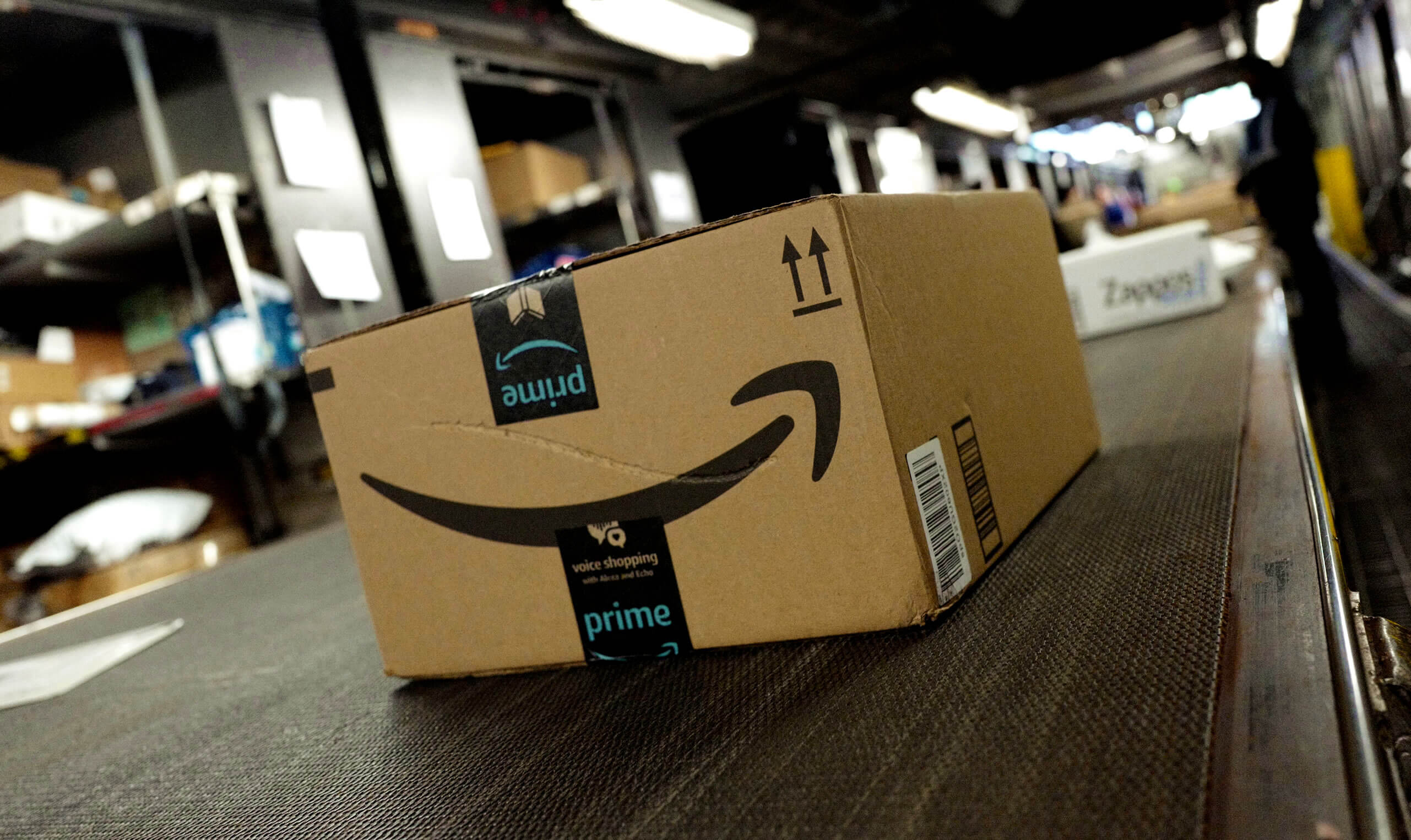Amazon pioneered the idea of expedited shipping of online purchases with the launch of Amazon Prime in 2005. The buying club offered customers free two-day shipping on eligible purchases in exchange for a flat annual fee of $79. The program seemed unsustainable at first but over time, Amazon has proven its worth exponentially.
Online shopping wasn't a new phenomenon in 2005, mind you - eBay had been around for nearly a decade by that point - but it was more or less understood that buying something on the Internet meant waiting a week or so for it to be delivered unless you paid for premium shipping.
Being able to order something from Amazon and have it arrive just two days later felt like a rite of passage. Prime changed buying habits, propelled the notion of e-commerce and decimated traditional retailers. Amazon bolstered the offering over the years with all sorts of additional perks but there's no denying that rapid shipping is core to the company's retail strategy.

Today I will be taking a deep dive into Prime's shipping benefits to determine if the membership is as much of a bargain as we've been led to believe. I'll be using my own experiences with Prime (I've been an Amazon customer since 2007 and a Prime member since early 2011) as a case study, leaning on statistical data to help arrive at some conclusions that'll hopefully help you decide if Prime's shipping benefits alone are worth the annual cost.
I signed up for a free one-month trial of Amazon Prime in February 2011 and joined as a paying member a few months later at a rate of $79 annually. I've renewed ever since at the standard rate:
- $79 per year for 2012 and 2013
- $99 per year for 2014, 2015 and 2016
- $105.93 ($99 plus tax) for 2017 and 2018
- In 2019 I'll have to pay the newly increased rate of $119, plus tax

Save for two outlier years (2017 and 2015), my order history with Amazon is quite consistent. While insightful, this data isn't all that useful without factoring in shipping costs.

Here we can see the amount paid per year for Amazon Prime as well as the additional shipping fees I paid for one-day shipping on select purchases. Notably, in the first two years of having Prime, I paid more in extra shipping fees than the total cost of a membership. In recent years, I've clearly become more patient and have subsequently curtailed the extra spending.

Without factoring in extra shipping expenses - in other words, only using Prime's free two-day shipping - on average in most years, I'm paying around $1.75 in shipping per item ordered (and during especially busy years, about $0.70 per item ordered).
Being less patient and paying extra for one-day shipping (usually $3.99 extra per item) certainly skews the average shipping cost per item metric but then again, you're getting your item in just one day.
Other fun facts:
- Total lifetime Prime orders placed: 341
- Total lifetime Prime items purchased: 578
- Total lifetime paid in Prime membership fees: $745.86
- Total lifetime paid in expedited shipping: $427.63
- Total lifetime paid in Prime fees + expedited shipping: $1,173.49
- Lifetime average shipping cost per item with Prime two-day shipping: $1.29
- Lifetime average shipping cost per item (including expedited shipments): $2.03
- Average orders per year (2012-2017): 49.67
- Average items ordered per year (2012-2017): 83.16
Something else worth factoring into the equation is tax. For the longest time, Amazon didn't collect tax on the items it sold which gave it a clear advantage over local retailers. Practices have since changed, however, and you may now be charged tax on your purchase depending on several factors including the location of fulfillment and the delivery address of the order.
The biggest indicator of whether tax was collected on my orders was whether or not the item was listed as being sold by Amazon.com Services, Inc. Since 2017, if an item I purchased was sold directly by Amazon, tax was collected in every instance. If it was sold to me by a third-party seller, no tax was collected. Of the 78 orders I placed in 2017, tax was collected on 41 of them.

At the extremes, Prime is a win-win proposition for Amazon. If I order more in an effort to "get the most value" out of my Prime account, Amazon generates more sales than it probably would have otherwise. And if I'm conservative and don't order much, I'm effectively paying more to ship each item, skewing things in Amazon's favor once again.
Personally, with a lifetime average of $1.29 per item shipped with two-day shipping, it's hard to argue that Prime isn't worth it. The added flexibility to get something delivered overnight for a few extra bucks is also nice but the most attractive aspect of Prime is by far the convenience it affords.
Whether you're a working professional, a busy parent with kids, elderly, someone with a disability, a seasoned procrastinator or someone simply looking to free up some spare time for other activities, there's no denying the convenience that Amazon Prime affords.
I admittedly don't use most of Prime's other perks but it's nice to know they are there if I want them, especially considering I'm now paying extra to support their existence. Following a price hike in the spring, Amazon Prime now retails for $119 per year.
